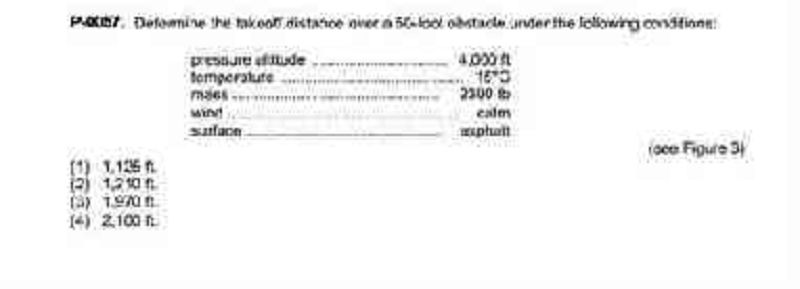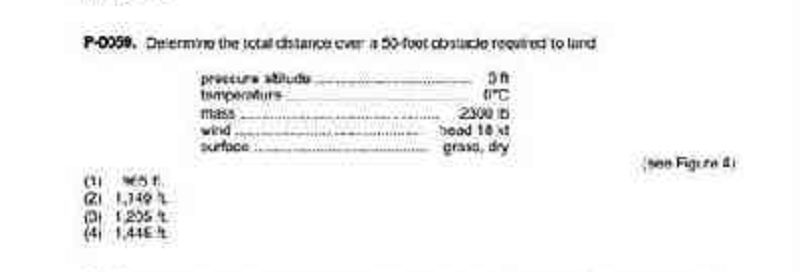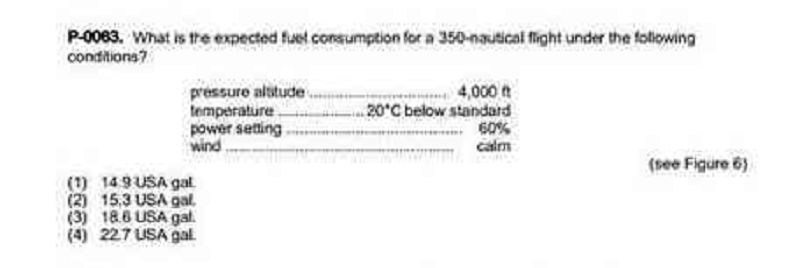FLIGHT PERFORMANCE AND PLANNING (P) - PPL Slovenia - PART 2
{"name":"FLIGHT PERFORMANCE AND PLANNING (P) - PPL Slovenia - PART 2", "url":"https://www.quiz-maker.com/QPREVIEW","txt":"Test your knowledge on flight performance and planning with this comprehensive quiz designed for aviation enthusiasts and aspiring pilots.32 challenging questionsCovers various topics related to performance and planningIdeal for PPL candidates","img":"https:/images/course5.png"}
More Quizzes
Atp copa
2021010
ATA 34 - Navigation Systems
392063
How much do you know about Dhiraj Baid
1166
Part8(1922-1956).......(1785-2039)5brettpit
108540
Colostomy - Which Ostomy Irrigation Statement Is True?
201018428
Cardiac Cycle - ECG Events and Valve Actions
201017486
TF2 - Test Your Team Fortress 2 Knowledge
201020700
Cartoon Characters - How Many Can You Name?
201026141
AP Gov Unit 1 - Foundations of Democracy
201021552
DMV Practice Test - 100 Questions (Free Online)
201019624
IT Movie - How Well Do You Know Stephen King's It?
201020036
Which Is Not a Mass Storage Device? - Free
201017486
























